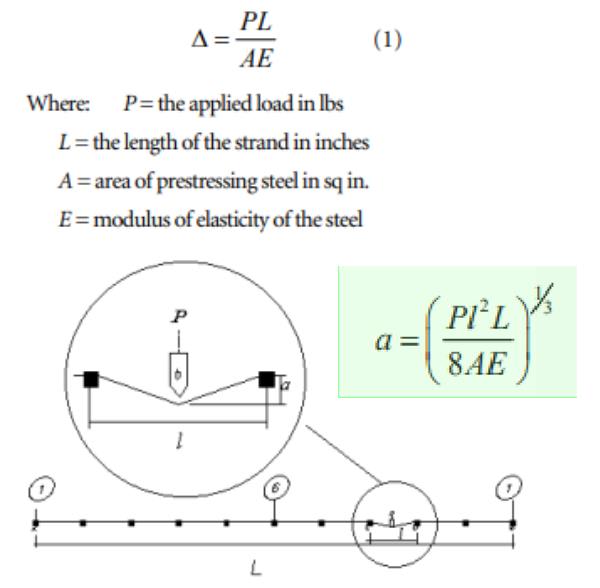An a pink star for this post...
The mentioned system is typical geometric non-linear system and the exact solution is iterative..
Assuming the cable is pin supported at both ends and free to slide at intermediate supports,
Steps ;
1- Choose an ( a 1) value, and calculate the tension force developing at the cable,
2- Calculate the elongation with the new tension force and calculate the new ( a 2) value,
3- choose the new ( a ) value ( a1+a2 )/2 and repeat step 2 until the last( a) value does not chage substantially..
The procedure is convergent and after 3-4 steps, one can find a precise ( a ) value ...

